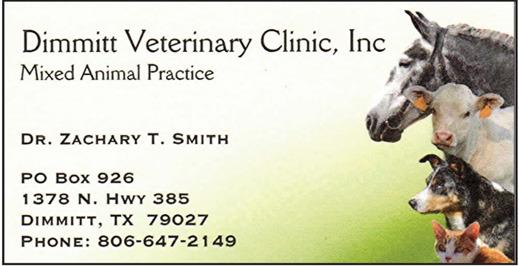While it may be tempting to let your dog run loose in open spaces when no other animals are around, it’s essential to recognize the potential risks involved. By prioritizing supervision, training, and responsible ownership practices, you can minimize these risks and ensure that your dog enjoys safe and enriching outdoor experiences.
Remember, proactive measures such as obedience training, secure enclosures, and regular veterinary care are essential for promoting your dog’s health, safety, and wellbeing.
There are many potential risks of allowing a pet to wander freely.
Unsupervised dogs roaming freely may stray onto roads or highways, increasing the risk of being hit by vehicles.
Encounters with hazards: Dogs running loose may encounter dangerous objects or substances, such as toxic plants, chemicals, or sharp objects, which can pose health risks if ingested or stepped on.
Many cities and counties have leash laws or ordinances that require dogs to be under control at all times when in public spaces. Allowing your dog to run loose may result in fines or legal consequences if you violate these regulations.
If your unleashed dog causes property damage, injures someone, or gets into a confrontation with another pet, you may be held liable for any resulting damages or injuries.
Roaming freely puts your dog at risk of encountering wildlife or other dogs that may carry diseases such as rabies, parvovirus, or leptospirosis. Dogs running loose may engage in risky behaviors, such as chasing wildlife or climbing obstacles, increasing the likelihood of injuries such as sprains, fractures, or lacerations.
Allowing your dog to run loose without supervision can reinforce behaviors such as wandering, escaping, or ignoring commands, making it harder to establish boundaries and obedience. Dogs that roam freely may miss out on essential socialization opportunities with other dogs and people, leading to fearfulness, aggression, or anxiety in social settings.
Unsupervised dogs may wander away from home and become lost, leading to emotional distress for both the dog and their owners.
Potential for theft: Unattended dogs are vulnerable to theft by opportunistic individuals looking to profit from selling or breeding stolen pets.
It is important to supervise your dog whenever they are outdoors, even in fenced yards or enclosed areas and invest time in training your dog to respond reliably to commands such as “come” or “stay” to maintain control in various situations.
Ensure your property is securely fenced to prevent your dog from wandering off and to provide a safe space for outdoor play and exercise.
Utilize designated dog parks or enclosed areas where your dog can run and play off-leash safely under your supervision. Make sure your dog wears a collar with visible identification tags containing your contact information in case they get lost and consider microchipping a permanent form of identification, which can help reunite you with your pet if they are lost or stolen.
It is important to schedule regular veterinary checkups and keep your dog up to date on vaccinations, parasite control, and preventive medications to minimize health risks associated with outdoor activities.
The way you prevent all the scenarios, is to keep the dog confined to your property. If you let your dog roam, it means you don’t care what happens to it.

